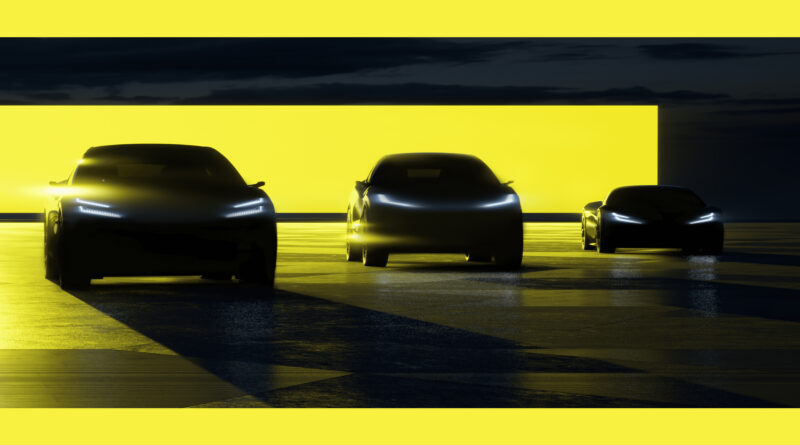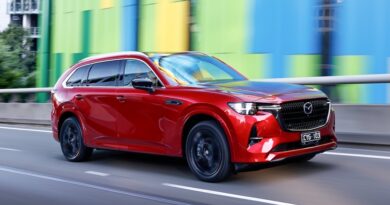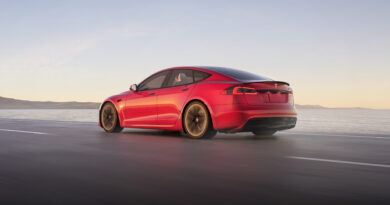Innovative EV solution for future Lotus sports cars
Want to know how to package EV batteries into a lightweight sports car?
Lotus has given some insights with its new LEVA, or Lightweight Electric Vehicle Architecture – although it’s unlikely to be anywhere near as lightweight as the brand was once known for.
The LEVA platform will underpin a new family of EV sports cars that will come after the Evija hypercar that is currently in development.
Lotus has only shown off silhouettes of those future models under black sheets, although it has detailed the all-important platform that it will also sell to other manufacturers, including French sports car brand Alpine.
READ MORE: Lotus EV rush led by electric SUV taking aim at Tesla Model X
Lotus describes LEVA as “a showcase for pioneering new BEV chassis and powertrain concepts”.
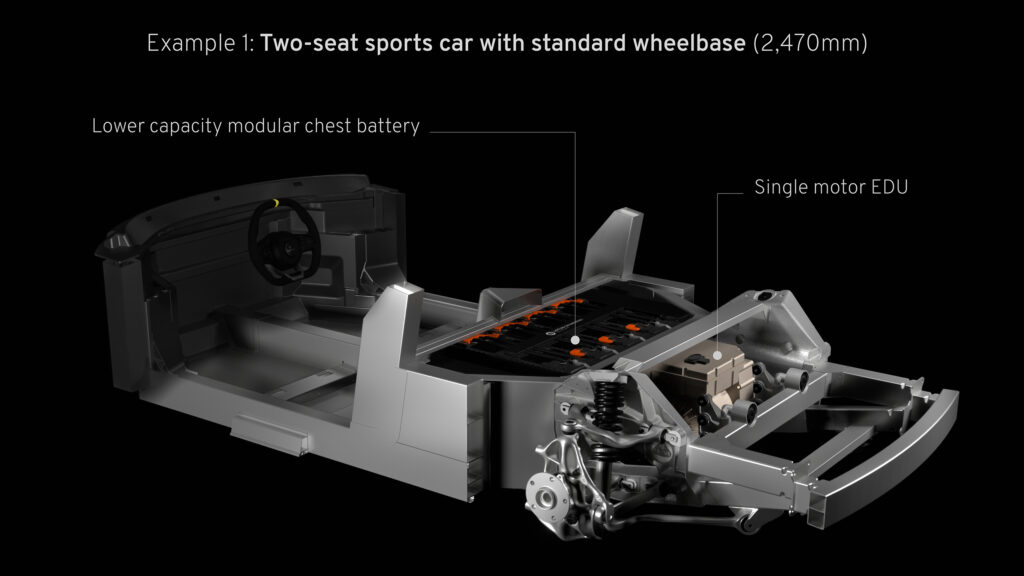
One big point of difference for packaging batteries is a “chest layout”, whereby a battery pack is packaged behind the occupants in a two-seat sports car.
That allows the occupants to sit lower to the ground than they would if the batteries were under the floor, as they are in pretty much every EV created to date.
That low seating position is a signature of Lotus (being difficult to get in and out of is part of owning a Lotus, but also helps provide that super-connected driving feel).
That chest-style battery pack is planned to be manufactured in two capacities – 66.4kWh and 99.6kWh.
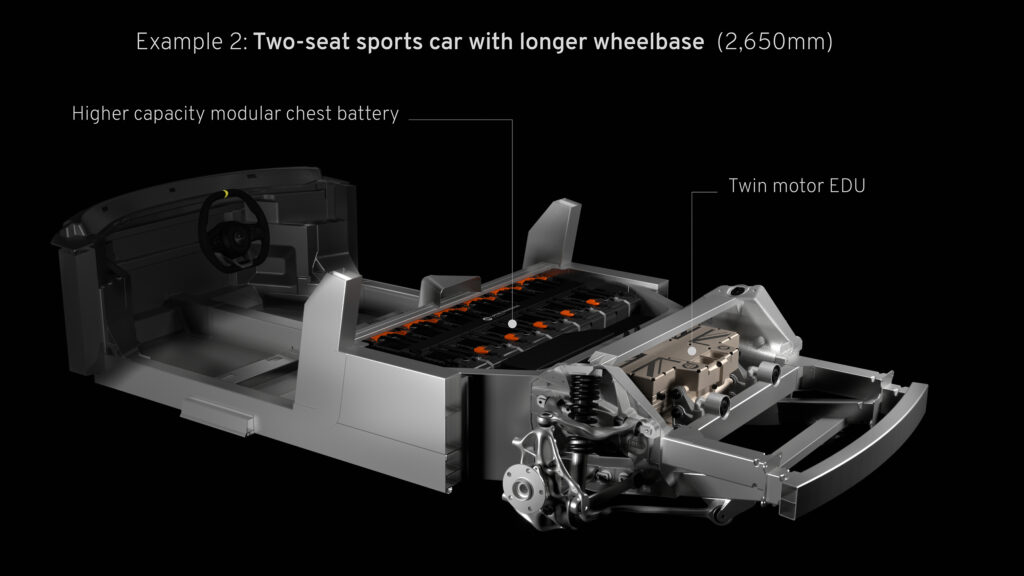
The platform also has flexibility in wheelbases, allowing for different length cars.
But the same architecture can also be made in a 2+2 (four-seater) layout with the batteries beneath the floor.
The so-called “slab layout” then provides seats where the chest batteries sat in the other configuration and raises the floor slightly to accommodate the batteries.
The LEVA platform allows for a single or dual motor setup, although interestingly the dual motor appears to packages the motors alongside each other, rather than one on each axle as most EV two-motor setups employ. That seems to suggest Lotus has designed the new architecture for rear-drive sports cars, rather than the more common all-wheel drive setup (the Evija has four motors, one for each wheel).
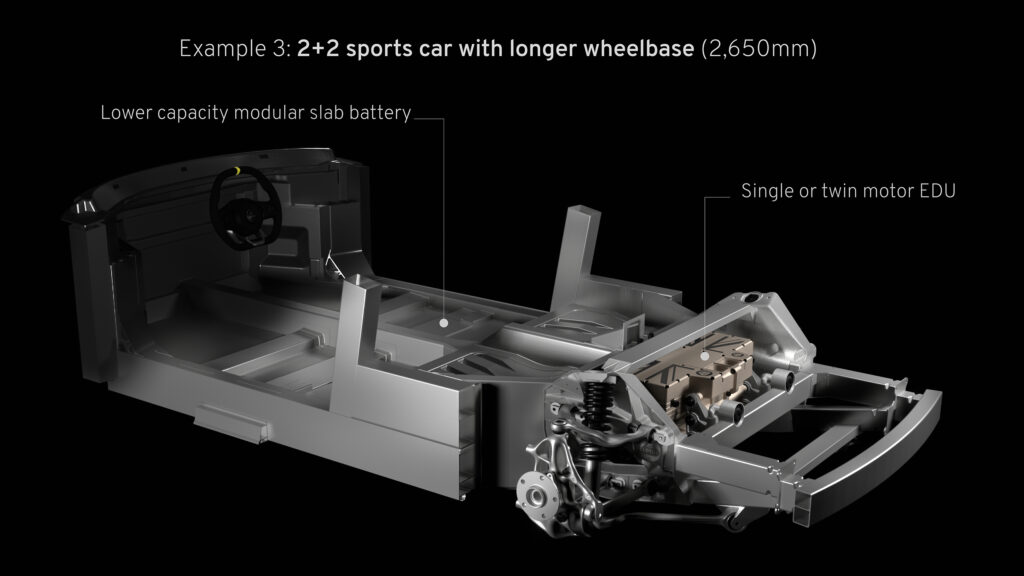
All of which is very Lotus.
While the British brand is these days owned Geely – which also owns Polestar and Volvo – it clearly wants to have its own personality for its more traditional sports cars.
That said, some of its future models – including two planned SUVs, one mid-sized and one large – are planned to share key components with upcoming Volvo, Polestar and Geely EVs.

